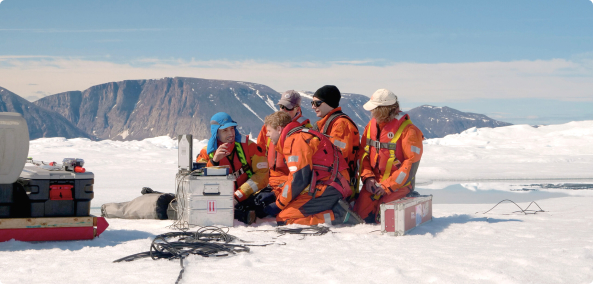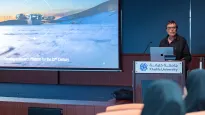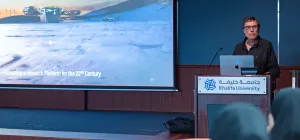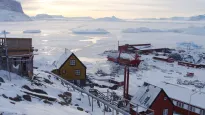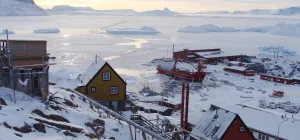Belgian-led Team of Researchers Bring Back Impressive Haul of Meteorites during Antarctic research expedition
An international team led by Belgian scientists has recovered 115 Antarctic meteorites weighing more than 2 kg during the ongoing 2024-2025 BELgian Antarctic Research Expedition (BELARE).
An international team led by Belgian scientists has recovered 115 Antarctic meteorites weighing more than 2 kg during the ongoing 2024-2025 BELgian Antarctic Research Expedition (BELARE).
While previous successful meteorite recovery missions in 2009-2010, 2010-2011, 2012-2013, 2018-2019, and 2022-2023 focused on blue ice areas closer to Belgium’s zero-emission Princess Elisabeth Antarctica station, the 2024-2025 campaign took place in the remote Belgica Mountains of Antarctica, more than 300 km southeast of the research station. In addition, the team also recovered several thousand micrometeorites, cosmic dust particles less than 2 mm in diameter, and abundant ice and rock samples. This research has been made possible through funding by the Belgian Science Policy (BELSPO) and required heavy logistical support from the International Polar Foundation (IPF), mandated to manage the Princess Elisabeth research station by the Belgian Polar Secretariat.
The meteorite search team, consisting of three scientists from Belgian universities - Prof. Dr. Steven Goderis of the Vrije Universiteit Brussel as well as Prof. Dr. Vinciane Debaille and Dr. Gabriel Pinto of the Université libre de Bruxelles, Brussels, Belgium), and Dr. Hamed Pourkhorsandi, a research scientist at the Institut de Recherche pour le Développement in France - together with two IPF field guides Martin Leitl and Paul-Philippe Dudas, made a first stop in the Balchenfjella area in search of meteorites, before making their way to the Belgica Mountains on December 15th. The Belgica Mountains, located in the Queen Maud Land region in East Antarctica, were discovered by a Belgian expedition team during the International Geophysical Year Polar Expedition in 1958 during a reconnaissance mission by airplane. The reconnaissance had to be stopped after the airplane crashed on the blue ice there. The mountains were visited again by Belgian scientists in the 1960s, but have not been visited by a Belgian scientific team since then.
Meteorites can be found on blue ice fields near mountain chain where the ice is pushed up and eroded by strong katabatic winds. Systematic recovery programs have been running since the 1970s, as each meteorite holds relevant information about the formation and evolution of the solar system and the celestial bodies, including Earth, the Moon and Mars, as well as the arrival of water, volatile compounds, and organic matter to Earth, etc.
Prior plans for travel by container convoy had to be abandoned for air transport due to difficult terrain. Conditions at the basecamp (essentially tents) were harsh, even for Antarctic summer, with temperature going down to -31˚C with the wind chill due to strong winds. The team of researchers would head out each day looking for meteorites on snow mobiles in a V-shaped formation, so they could cover large areas more systematically.
More impressive than the number were the types of meteorites found. The meteorites included at least two achondrites (stony meteorite representing planetary mantles), and several carbonaceous chondrites, the most primitive meteorites similar in composition to the original material of the Solar nebula, the giant, spinning cloud of gas and dust that formed our solar system about 4.6 billion years ago.
“Each new (micro)meteorite provides an essential piece of the puzzle we are trying to solve,” said Prof. Goderis about the importance of the samples he and his colleagues found.
“Based on some meteorite fragments, we can learn about planetary differentiation and collisions taking place in the early solar system, and in other fragments we find prebiotic molecules required for the evolution of life.” added Prof. Debaille.
The meteorites will be sent to the Royal Belgian Institute of Natural Sciences in Brussels for defrosting, curation, and detailed classification, after which they will become available for research to the involved research teams as well as the international scientific community. The most beautiful pieces will be put on display for the public to enjoy.
Download